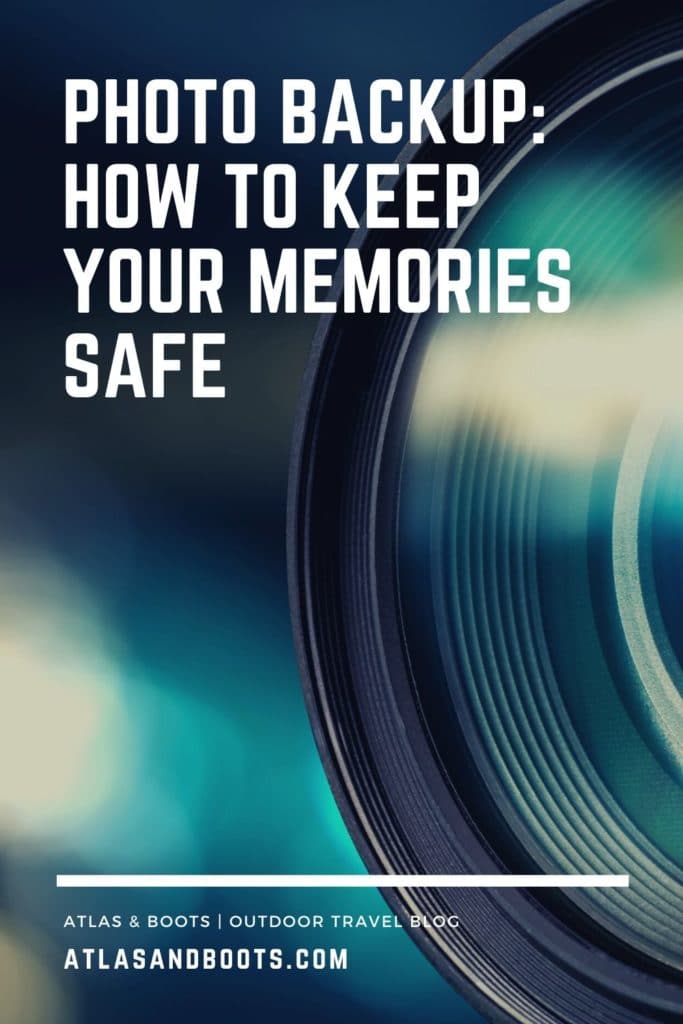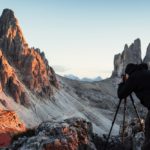After learning the hard way, we share our tried and tested photo backup systems to help you keep your photographs safe
It was in the Cotopaxi region of Ecuador that we met Michael, a fellow backpacker who had spent the previous weeks on a surfing trip of a lifetime. Earlier in the day, Michael’s GoPro had dislodged from its extender during a jump into a waterfall and sunk to the depths below.
“All my photographs are on that camera,” he told us, face still pale from the hour he spent searching the ice-cold water.
“You have backups, right?” I asked.
He shook his head. “I kept meaning to but… I just never got round to it.”
Sadly, his memories were lost forever.
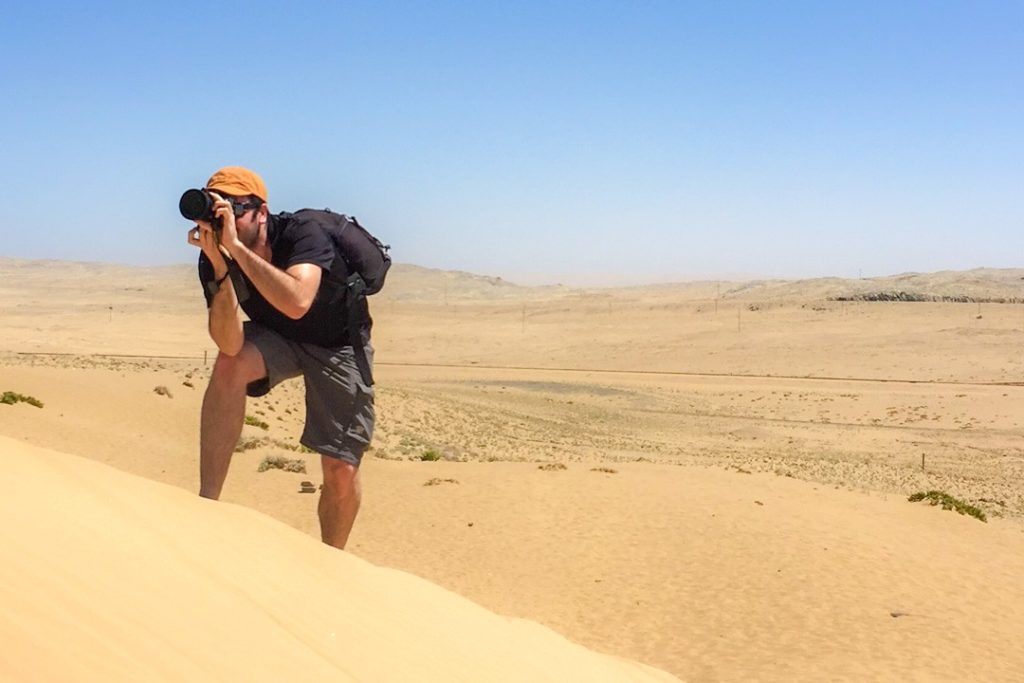
A few months later, I found myself in similar despair. It was a split-second mistake made (ironically) while backing up my photos. I accidentally replaced an entire library full of thousands of photographs.
I couldn’t believe I had done it at first. I’m always so careful to have copies of everything on hard drives and cloud services, but over the last few weeks of our trip, I had become complacent.
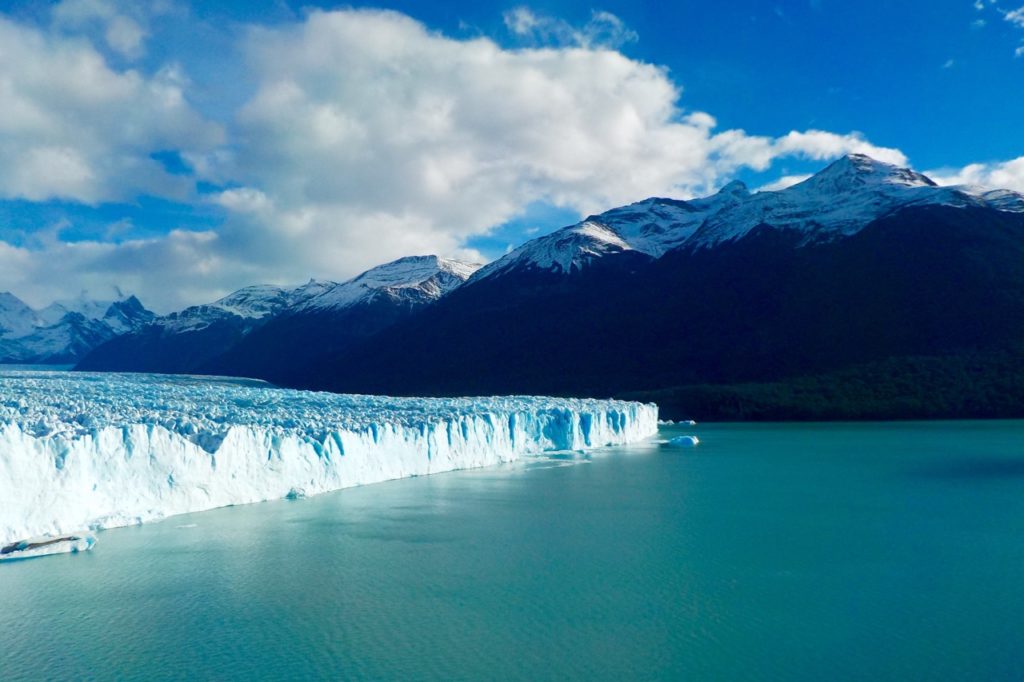
I spent the following days buried in deep scans, running data recovery software across hard drives and SD cards, slowly retrieving the photos I’d lost. I recovered a portion but much of it was never found.
Never again. I’ve been scarred – cut deep – and because of this I’ve invested in the following fail-safe photo backup system to ensure it never happens again.
SD + microSD cards
As I said in my travel photography gear guide I used to take a rather nonchalant approach to SD cards. With the above in mind, however, I’ve invested in some high-quality, high-capacity Transcend SD cards to ensure I never lose a photograph again.
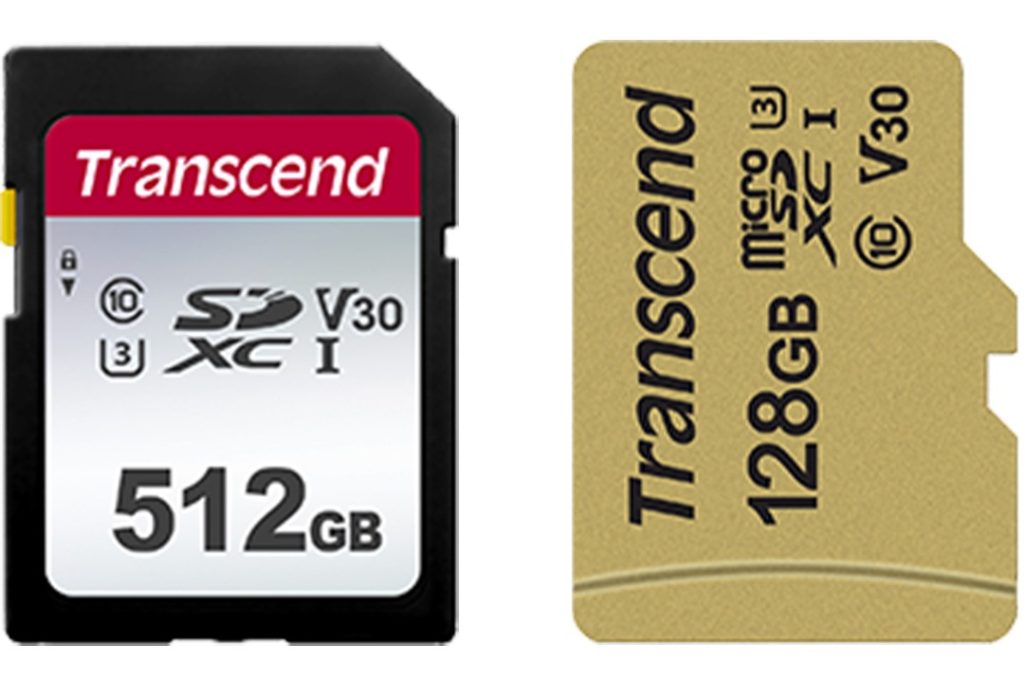
Transcend’s SD and microSD cards are tested to withstand extreme conditions. They are temperature resistant, waterproof, shock proof, X-ray proof, and static proof – ideal for an outdoor travel blogger.
As well as durability, with up to 512Gb storage capacity, the memory cards allow for thousands of RAW photos and hours of HD video to be recorded. With these upgraded cards, there is no need for me to delete photos from the card until I’m back at home.
External hard drives
If you’ve just finished – or are still on – a trip of a lifetime, it’s worth backing up your files onto external hard drives as well.
At home, I have a pair of durable Western Digital My Books with fast FireWire connections for all of my documents and photography. It may also be worth considering fireproof and waterproof external hard drives if you have particularly sensitive files or documents that need securing. I use the Time Machine backup app on Apple OSX to do this automatically and periodically.
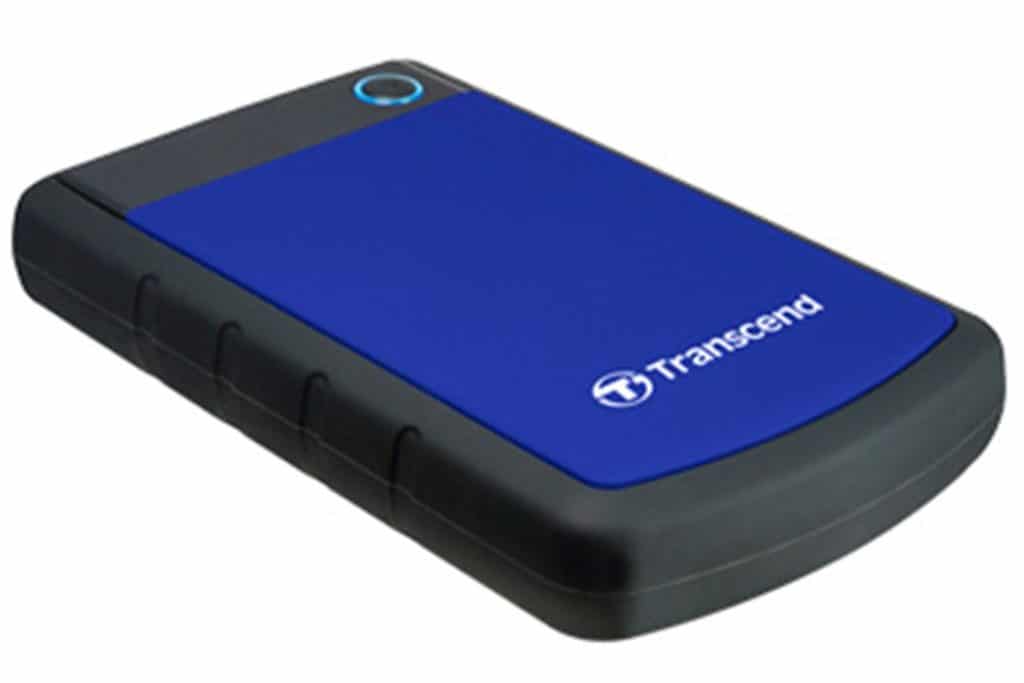
On the road, I need something more lightweight. I have a Transcend Storejet 4TB hard drive which is small and portable, and comes with built-in power-saving making it ideal for outdoor and adventure travel.
Cloud services
On the road, I to try to back up my photography to a cloud service as regularly as possible. This relies on a consistent internet connection so is not ideal. It was this very reason which led me to lose my photography from Argentina. After a couple of weeks with infrequent access to reliable wifi, I had overlooked backing up my latest libraries. As such, I am far more diligent these days.
I prefer to use Dropbox or Google Drive with separate accounts for my photography and day-to-day files. There are numerous alternatives such as Apple’s iCloud, Microsoft’s OneDrive, Amazon’s AWS and myriad independent alternatives. A quick search will bring up lots of options.
Manual backup
This is the most time-consuming method and a little “old school” but it’s worth considering if you want a third layer of security. DVDs are the safest format to use and can be easily and securely stored away in binders. You can also make copies and leave them with friends and family or mail them home to yourself when on the road.
Naturally, this should be coupled with an external or online backup that happens in real time. Otherwise, optical media will by default leave you with periods of time where files have not yet been backed up.
One is never enough
I can’t stress enough how important it is to use more than one of the above photo backup methods. Hardware can break, connections get interrupted, software crashes or we forget to click the burn button.
At any given time when travelling I aim to have all my photography backed up in the following four places, all kept in different places when travelling.
- Original RAW files still on the SD cards in my camera
- Photography files stored locally on my laptop in libraries
- All of the above copied onto my portable hard drive
- Uploaded regularly to a cloud service (wifi dependent)
Whichever options you choose, it’s important to make your backup procedures regular and stick to them religiously. If you let it slip, it will come back to bite you. Trust me.
Bonus tips
- When using photo editing software, don’t edit the originals. Save them in a separate library.
- If something fails – like an SD card or hard drive – stop using it immediately. It will be easier for data recovery software to find lost files.
- Remove SD cards, drives and devices safely.
- Don’t completely fill storage devices (including SD cards) – leave some space on them.
- Delete photos on your computer, not your camera.
- Periodically reformat SD cards on the camera you use them on.
- Replace or recharge batteries before they completely run down.
- Store a locked photo of your name and contact number or email address on your memory cards in case you lose them.

